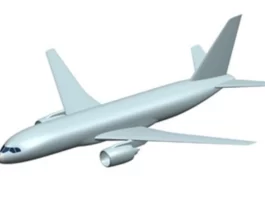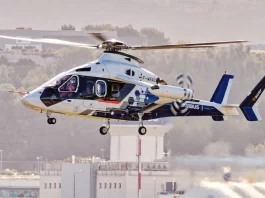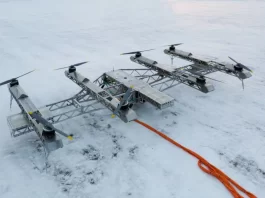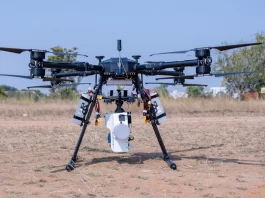Boeing has divulged new details about the X-66A Project. Among other updates, the American company confirmed that the technology demonstrator, being developed in cooperation with NASA, will be equipped with PW102XG engines, which are modifications of PW1500G designed for Airbus 220 aircraft.
In 2013, the PW1500G was the first variant of the PW1000G family to receive certification. It was instrumental in introducing geared turbofan technology to commercial aviation. Engine maker Pratt & Whitney contends that the PW1000G family, which includes the PW1500G, provides a 16% increase in fuel efficiency compared with previous-generation engines.

The X-66A is NASA’s first experimental aircraft, dedicated to assisting the United States in its pursuit of net-zero aviation greenhouse gas emissions. At the heart of the project is a wing with a very high aspect ratio, which significantly improves its aerodynamic characteristics. However, due to its length, support is required. This structure alone will add about 10% of the aircraft’s lift.
Boeing has already begun converting an MD-90 into the X-66A aircraft with a truss-braced wing designed (TTBW) to prove that such a configuration can significantly reduce fuel consumption in future narrow-body airliners. Besides the striking change in wing design, the donor aircraft will also have 19 sections of its fuselage removed.
The TTBW design and other anticipated technological advancements could result in a 30% reduction in fuel consumption and emissions, as ultrathin wings are supported by structures with larger spans and higher aspect ratios. Through the Subsonic Ultra Green Aircraft Research (SUGAR) Program, Boeing and NASA have jointly pursued the concept for more than a decade.
Todd Citron, responsible for the development of new technologies at Boeing, stated at the #ILA2024 airshow that the first flight of this prototype is scheduled for 2028, with the flight testing program set for 2029.
He said the company has started disassembling the MD-90 aircraft in preparation for modification. He added that Boeing is already testing the configuration and finalizing the detailed design of how the modification will be implemented.






